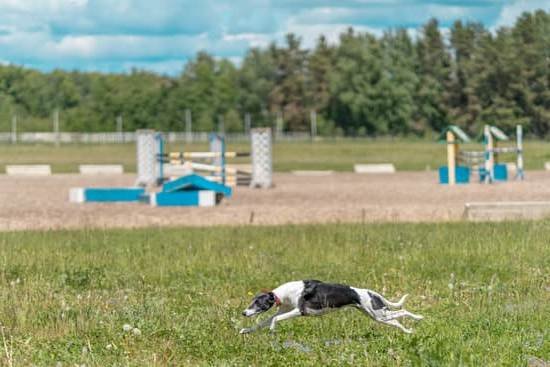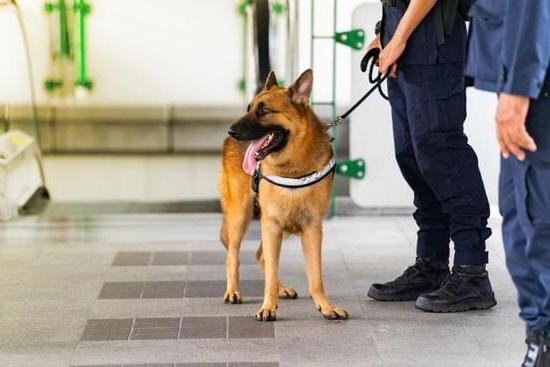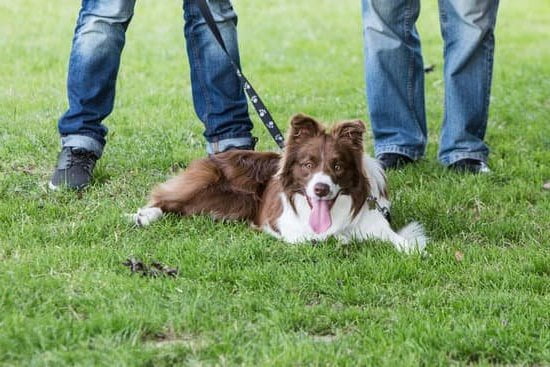How Do You Crate Train A Dog
There is a lot of debate surrounding the use of crates for dog training. Some people swear by them, while others refuse to use them under any circumstances. The truth is that crates can be a very effective training tool, but they need to be used correctly. If you are considering using a crate to train your dog, here are a few things to keep in mind.
The first thing you need to do is select the right crate. The crate should be big enough for your dog to stand up, turn around, and lie down in comfortably. If the crate is too small, your dog will feel cramped and uncomfortable, and may start to associate the crate with feelings of anxiety and distress.
Once you have selected the right crate, you need to start by introducing your dog to it slowly. Put the crate in a quiet, low-traffic area of your home and put some of your dog’s favorite toys inside. Let your dog explore the crate on his own and don’t force him to go inside. Once your dog is comfortable going into the crate, you can start using it for training.
The best way to use a crate for training is to make it a positive experience for your dog. Start by putting your dog in the crate for short periods of time and gradually increase the length of time he spends in the crate. always make sure your dog has plenty of water and access to his toys and treats.
If your dog starts to whine or bark in the crate, don’t give in and let him out. Wait until he is quiet before letting him out. This will help him learn that whining and barking will not get him what he wants.
Crates can be a great tool for training your dog, but they need to be used correctly. If you are patient and use positive reinforcement, your dog will learn to love his crate and will be happy to spend time in it.
How To Crate Train A Dog Overnight
There are a few key things to keep in mind when crate training a dog overnight. The most important is to make sure your dog is comfortable and safe in the crate. Here are a few tips to help make the process go more smoothly:
-Start by introducing your dog to the crate slowly. Put a toy or some treats in the crate and let your dog explore.
-Once your dog is comfortable going into the crate, start closing the door for short periods of time. gradually increase the amount of time your dog spends in the crate.
-If your dog starts to whine or bark, don’t let him out until he stops. This will help him learn that whining and barking won’t get him out of the crate.
-Make sure your dog has plenty of water and access to food throughout the night.
-If your dog seems uncomfortable in the crate, try putting a bed or some other soft object in the crate to make it more comfortable.
By following these tips, you can help your dog learn to enjoy spending time in his crate overnight.
Crate Trained Dog Whining At Night
The whining of a crate-trained dog at night can be one of the most frustrating things a pet parent can experience. It can be difficult to determine why a dog is whining, and even more difficult to know how to stop the behavior.
There can be a number of reasons why a dog whines at night. One of the most common reasons is that the dog is experiencing separation anxiety. When a dog is left alone, they may become anxious and start whining in an attempt to get their pet parent to come back.
Another common reason for nighttime whining is that the dog is uncomfortable. Dogs may whine if they are too hot or too cold, if they are cramped in their crate, or if they are experiencing pain.
If you are unable to determine why your dog is whining, it is best to take them to the veterinarian for a check-up. There may be an underlying medical issue causing the behavior.
Once you have determined the cause of the whining, there are a few things you can do to help stop the behavior. If your dog is whining due to separation anxiety, you can try to work on obedience commands with them so that they will have something to focus on when they are alone. You can also try leaving them with a Kong toy stuffed with treats or peanut butter to keep them occupied.
If your dog is whining due to discomfort, you can try to adjust their crate to make them more comfortable. You can also give them a warm blanket or a hot water bottle to keep them warm.
If your dog is whining due to pain, you will need to take them to the veterinarian for treatment.
No matter what the reason for the whining, it is important to be patient and consistent in trying to correct the behavior. With time and patience, you should be able to help your dog stop whining at night.
Best Way To Crate Train An Adult Dog
There are a lot of reasons why crate training a dog is a good idea – whether the dog is a new puppy or an adult dog. A crate can provide a safe, comfortable place for a dog to relax and nap in, it can be a great way to housetrain a dog, and it can be a valuable tool for managing a dog’s behavior.
When crate training an adult dog, it’s important to take the time to introduce the dog to the crate gradually, and to make sure that the dog sees the crate as a positive place. Some tips for crate training an adult dog include:
1. Start by placing the crate in a location where the dog spends a lot of time, such as the family room or bedroom.
2. Make sure the crate is big enough for the dog to stand up, turn around, and lie down in comfortably.
3. Put a soft blanket or pillow in the crate, and give the dog a few treats to help him associate the crate with positive things.
4. Gradually increase the amount of time the dog spends in the crate, and make sure to let him out for regular potty breaks.
5. If the dog seems hesitant or scared of the crate, take things slowly and don’t force him to go inside. With patience and persistence, most dogs will eventually come to see the crate as a safe and comfortable place.
How To Train Dog To Go In Crate
When crate training a dog, always start with a positive association. Feed your dog a small treat or toy as soon as he or she enters the crate. Once your dog is happily going into the crate, begin closing the door for a few seconds at a time, gradually increasing the amount of time the door is closed. If your dog begins to whine or bark, open the door immediately and don’t give him or her any attention. Once your dog is quiet for a few seconds, close the door again. If your dog continues to whine or bark, repeat the process, gradually increasing the amount of time the door is closed. As your dog becomes more comfortable with being in the crate, you can begin leaving him or her in there for longer periods of time.

Welcome to the blog! I am a professional dog trainer and have been working with dogs for many years. In this blog, I will be discussing various topics related to dog training, including tips, tricks, and advice. I hope you find this information helpful and informative. Thanks for reading!





